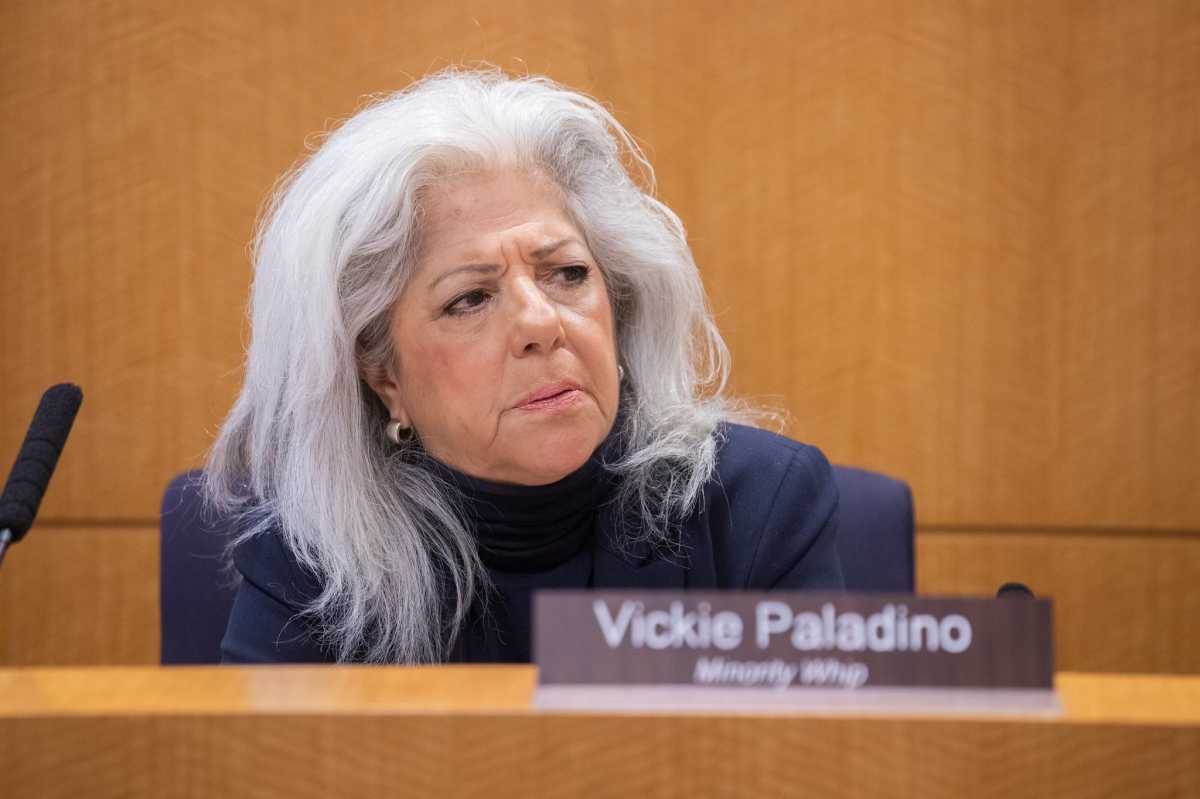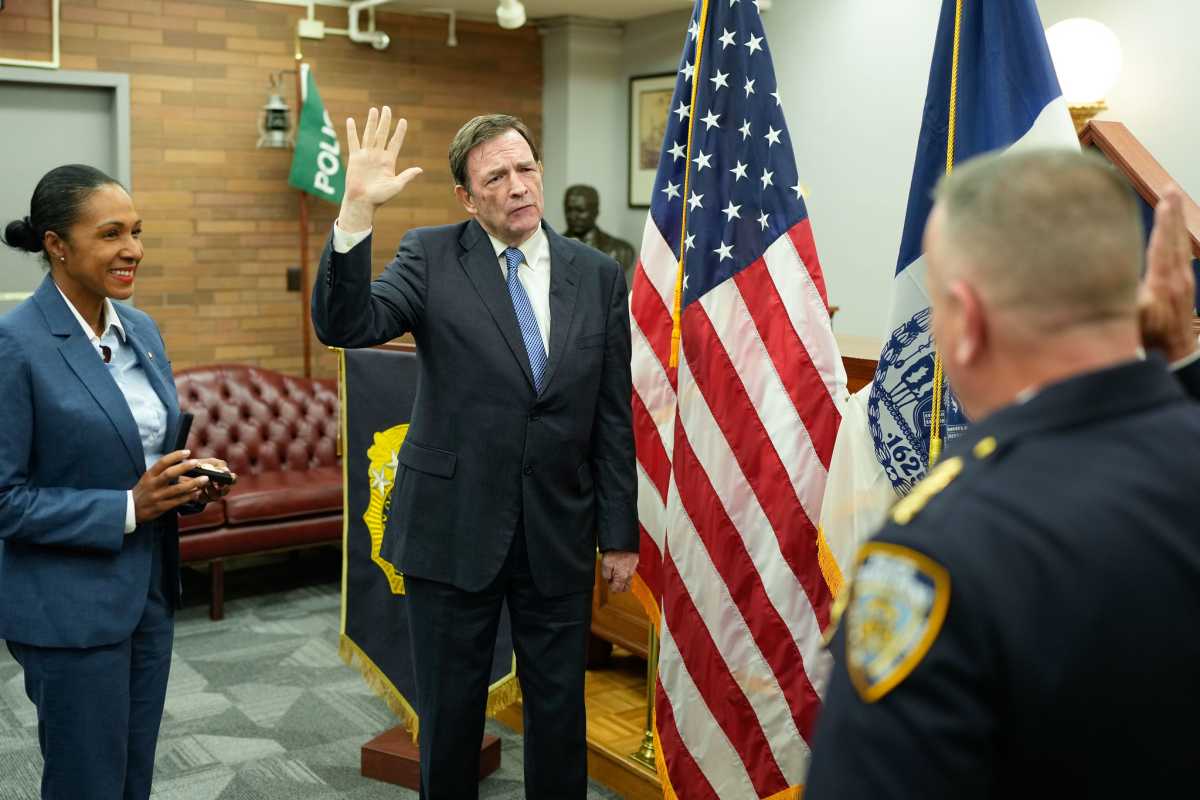Thirteen years ago, the Queens District Attorney’s Office began receiving a grant that allowed the office to find better ways to help victims of domestic violence while ramping up prosecution of the offenders.
Then, in 2000, the office started a Domestic Violence Bureau that is charged with prosecuting misdemeanor and felony cases involving domestic partners, a process that has changed throughout the past decade.
“I think that more people understand that 10 years ago we began a process where we were trying to hold the batterers accountable for their actions, and we were doing that without the victims cooperation on a number of occasions and people thought that was unique or interesting or different, and I think that has come around a lot in terms of the culture,” said Assistant District Attorney Scott Kessler, who has been in charge of the Domestic Violence Bureau since it began in 2000. “We’ve been very successful setting up our cases where we’ll able to gather evidence and have enough evidence to try cases without their cooperation.”
In 2008, the city opened the Queens Family Justice Center, and the Domestic Violence Bureau moved its headquarters to the new center. The move allowed the prosecutors to be located in the same building as domestic violence prevention officers, victim counselors, case management specialists and other attorneys and paralegals.
“Since it opened its doors in July 2008, the Family Justice Center has had over 12,600 client visits – of whom more than 30 percent have been referred to the Queens District Attorney’s Domestic Violence Bureau for assistance in pursuing a criminal prosecution,” said District Attorney Richard Brown. “We are extremely proud of the work being at the Justice Center and look forward to continuing to empower those touched by domestic violence and free them of abuse.”
Throughout the years, Kessler said one of the biggest changes that has aided in the prosecution of domestic violence is the use of digital photos.
“We’re able to take digital pictures of the victims at the hospital or at the scene,” Kessler said. “It automatically comes to all of my assistants’ computers, and we’re able to use them in court, grand jury, trial and bail arguments. It much better explains to the judge the injuries rather than just saying she has a cut to her face.”
Last year, there were 6,500 arrests in Queens and the District Attorney’s office prosecuted all of the cases, even ones where victims did not cooperate – something Kessler said makes the prosecution more difficult.
“We have to try to get the 9-1-1 call, look for eyewitnesses, determine if she made an excited utterance to the police, get hospital records,” he said. “It obviously makes it much more difficult and resource straining because we have to spend a lot more time in connection with the case and work on the case in different aspects.”
However, the bureau is still getting top-notch results. Last year, the prosecutors achieved a 62 percent conviction rate in domestic violence cases, which was 29 percent higher than the rest of the city, according to state statistics. In addition, only 13 percent of the Queens cases ended in acquittal or charges dropped compared to an average of 60.4 percent throughout the rest of the city.
Giving a voice to ‘The Silent Shame’
Fighting for her niece – and so many others
New state laws increase victim protection
She found the strength to survive
New housing laws from Feds for victims
THE SILENT SHAME: A guide for abuse victims PART IV
Part 3 of our series spotlighted sources of help for victims of domestic violence.
Part 2 of our series delves deeper into the issue of domestic violence, including the effect on children, male victims, and what is being done to help victims.
Part 1 of our series focuses on the introduction of the “disease,” that is domestic violence.






























